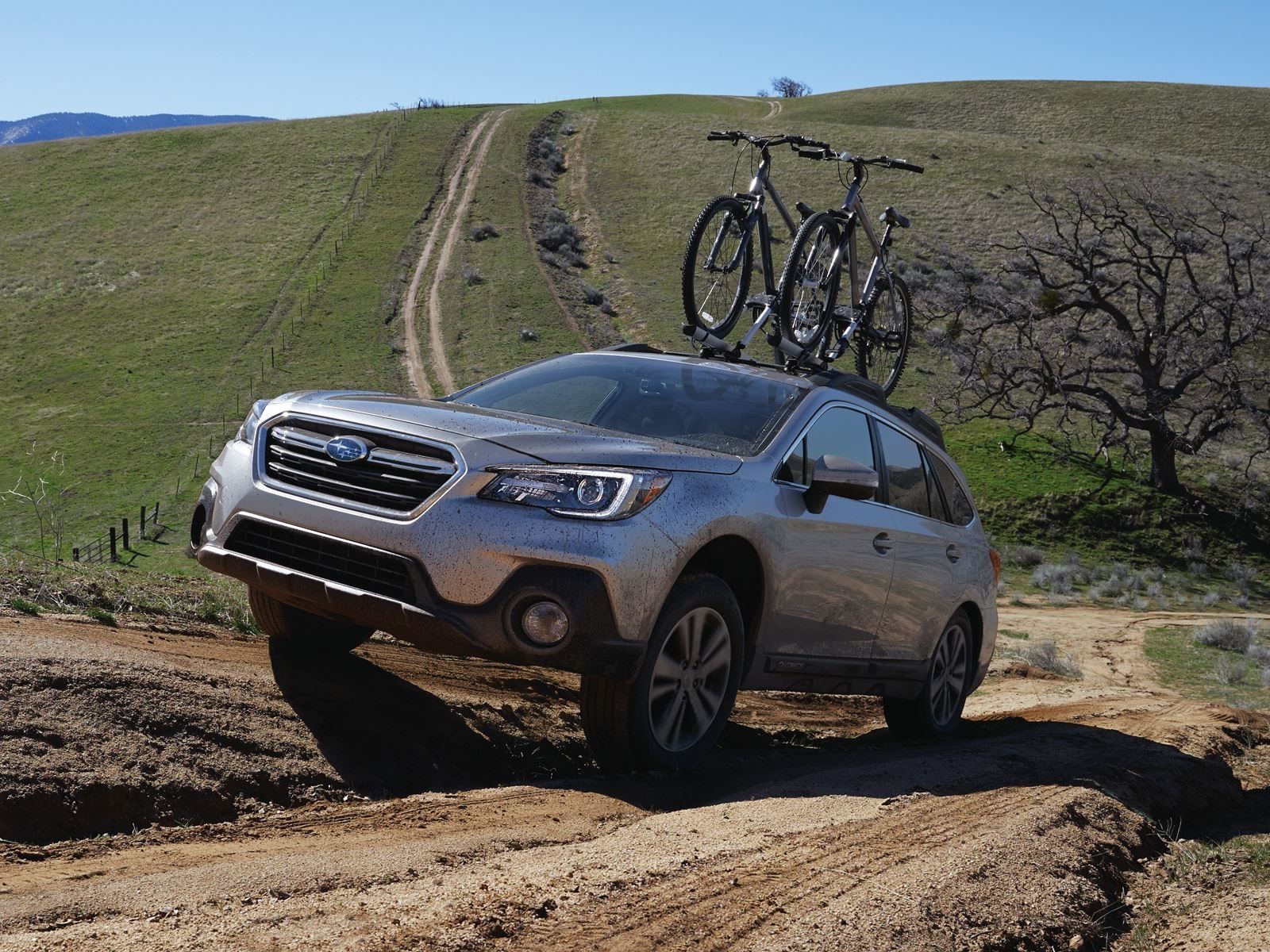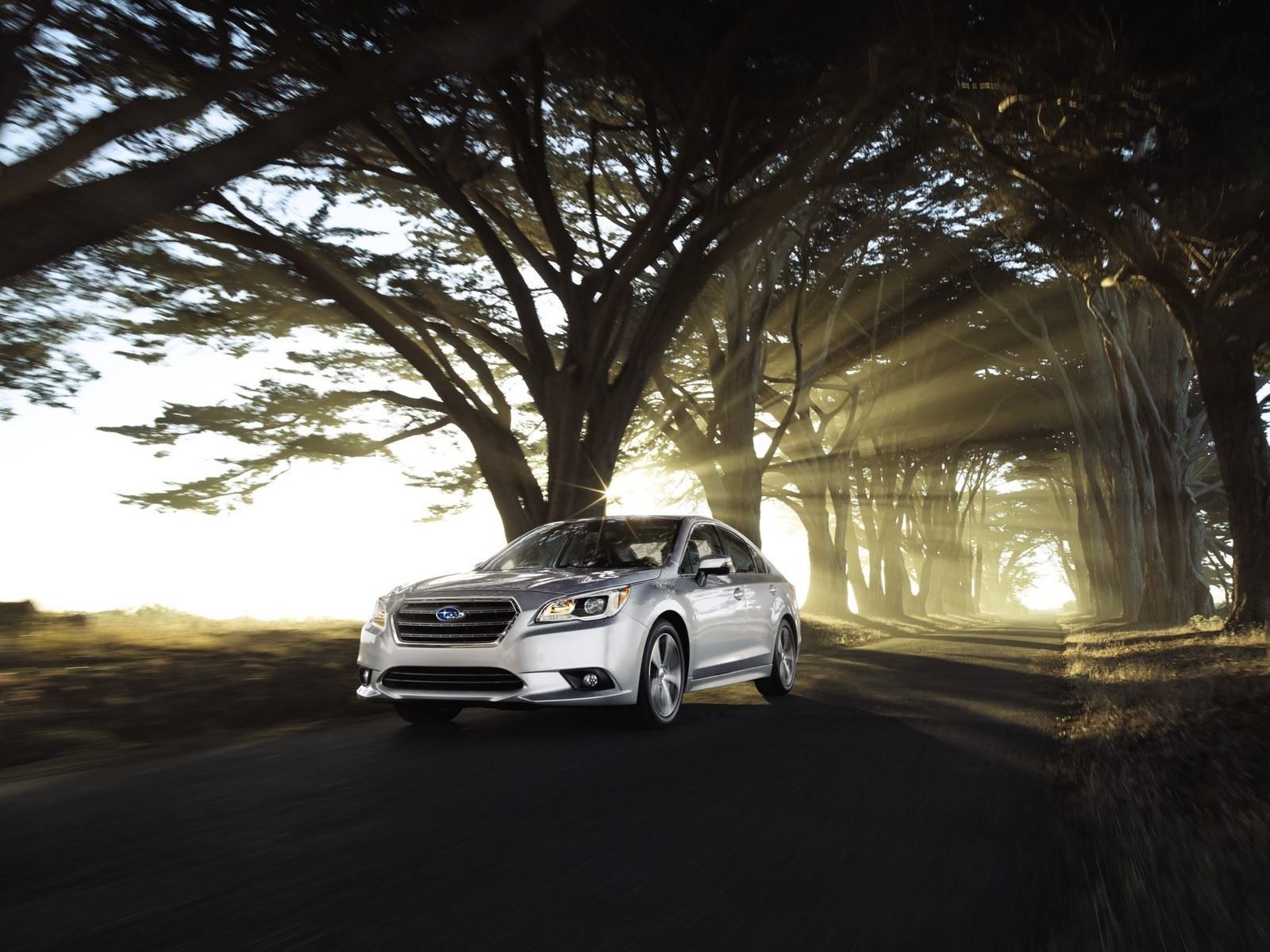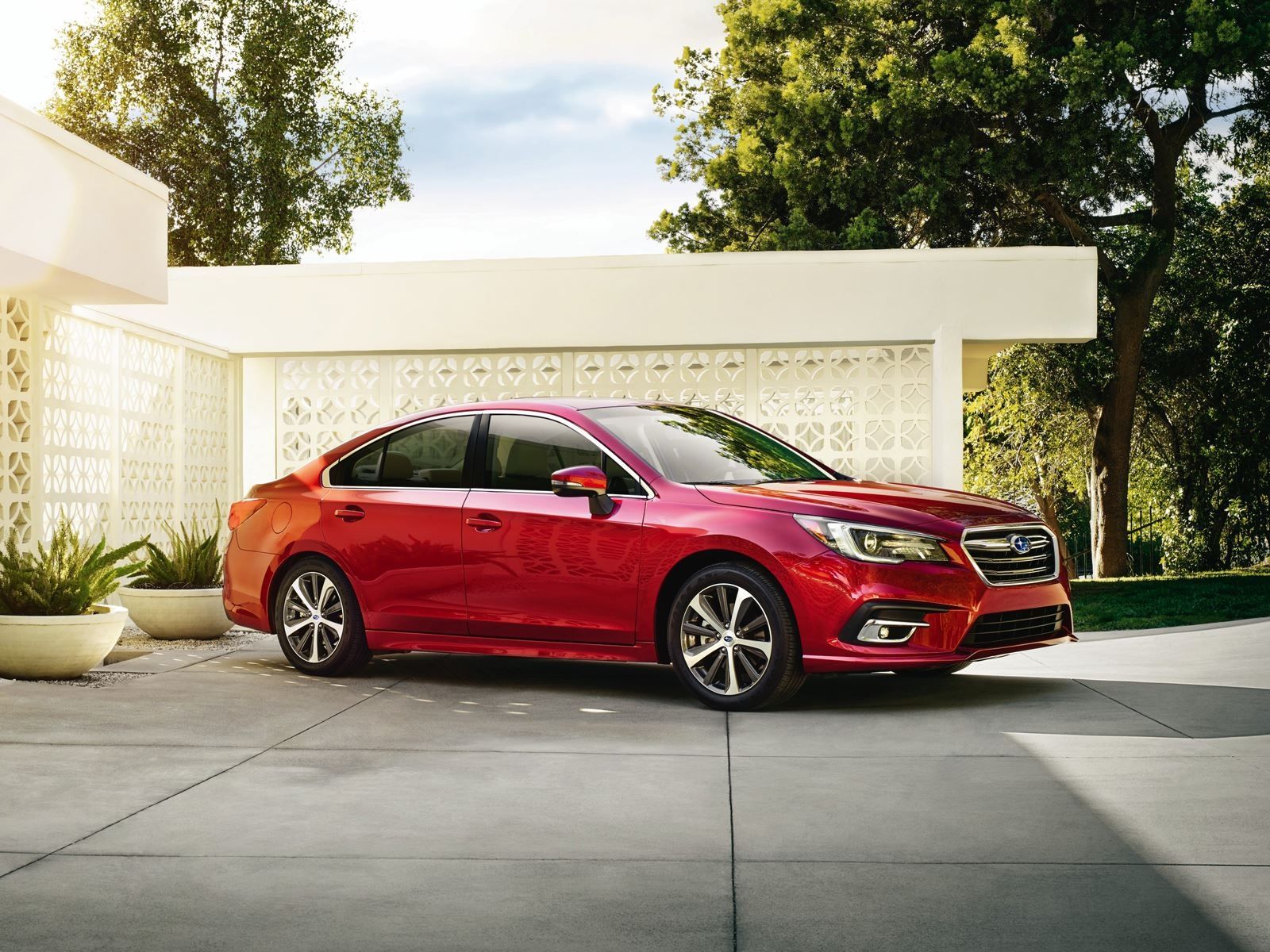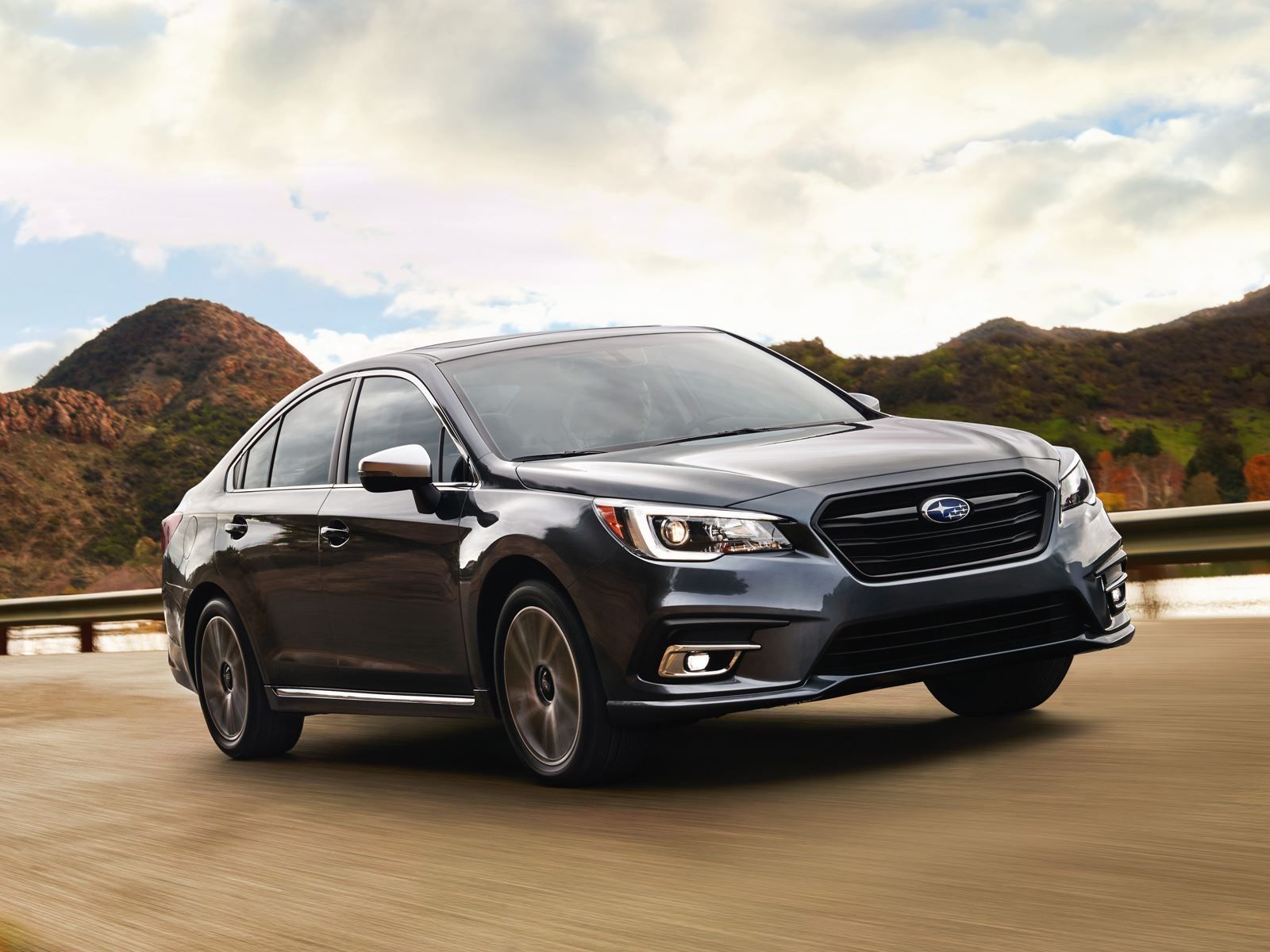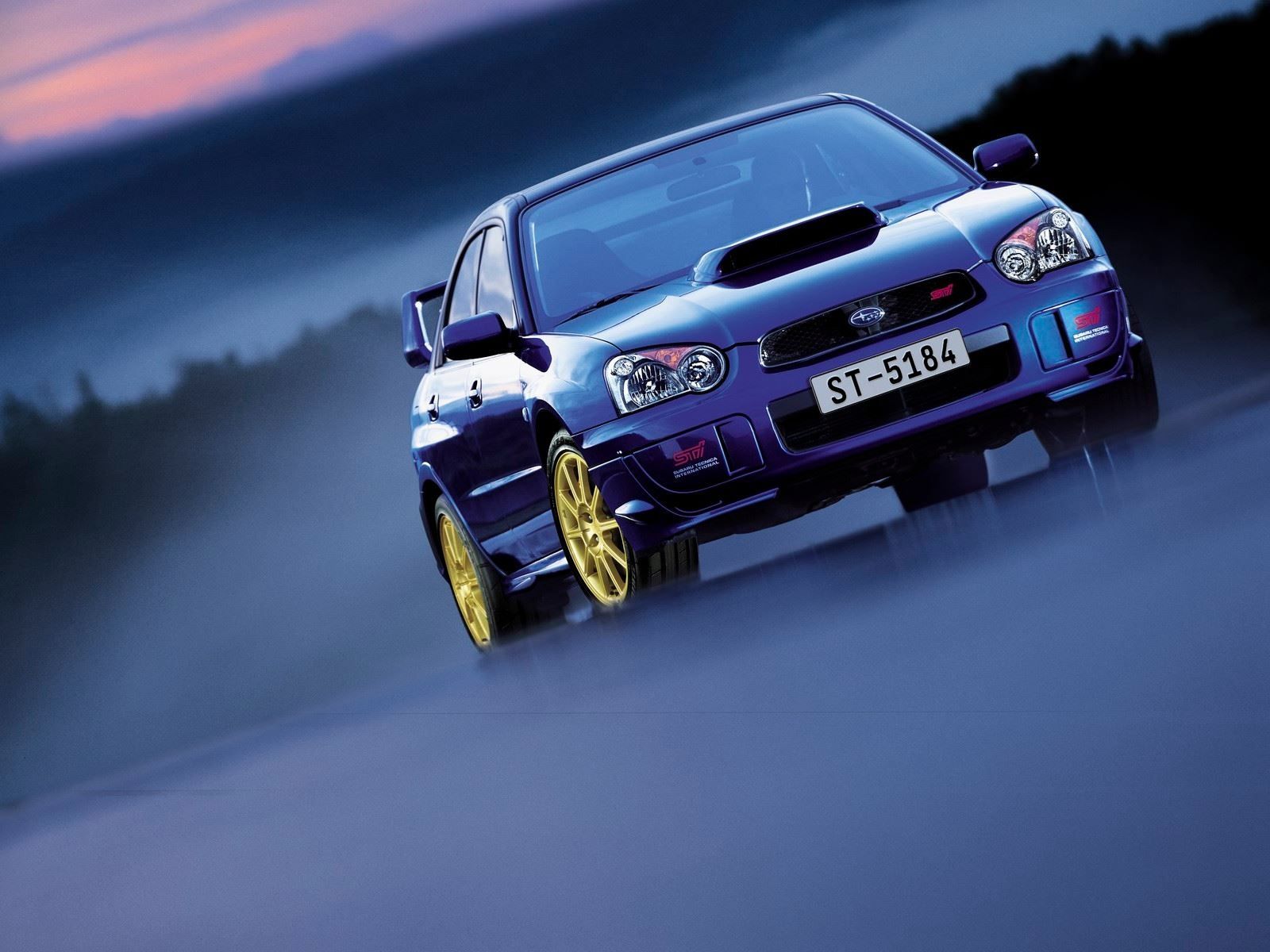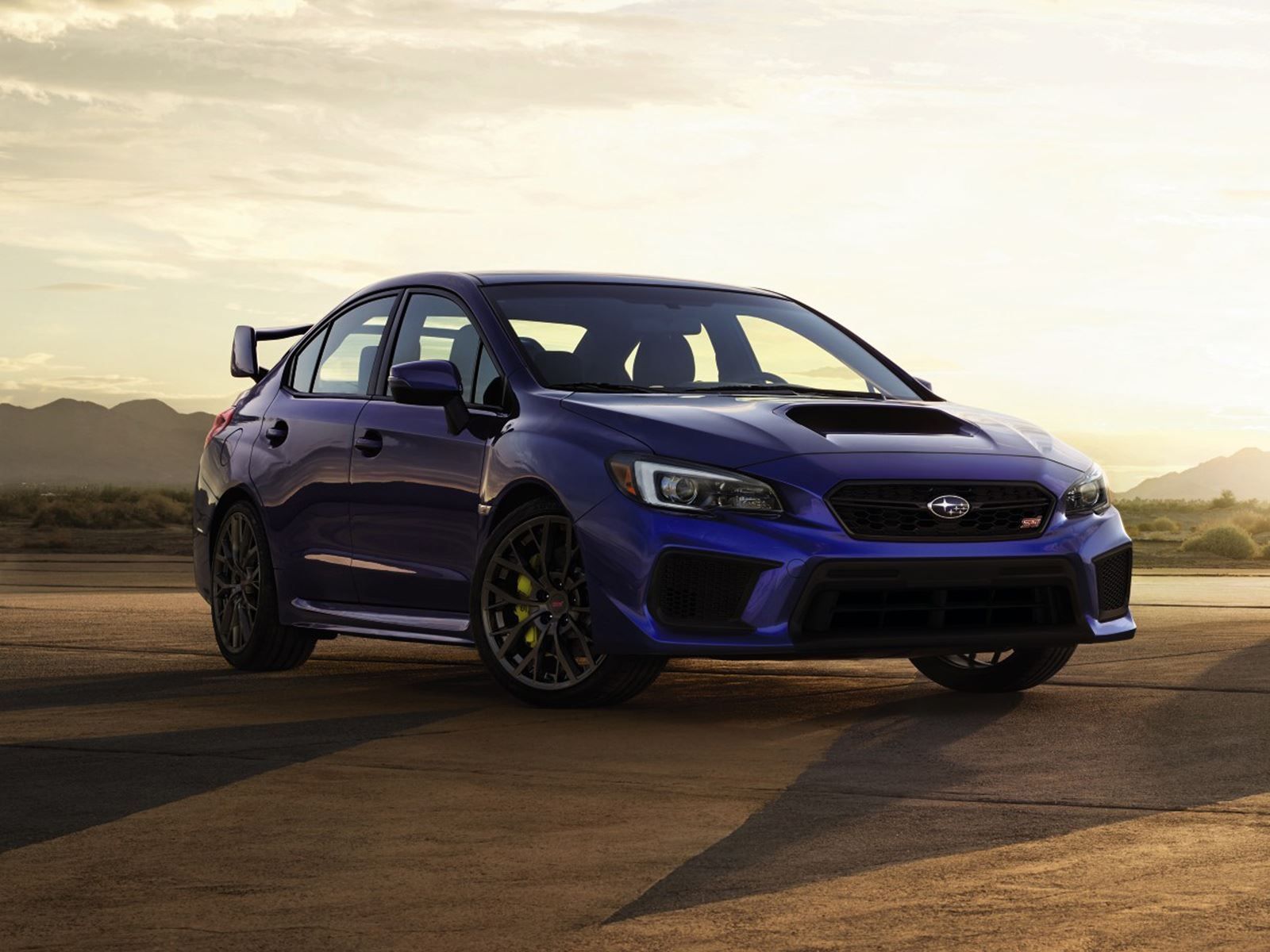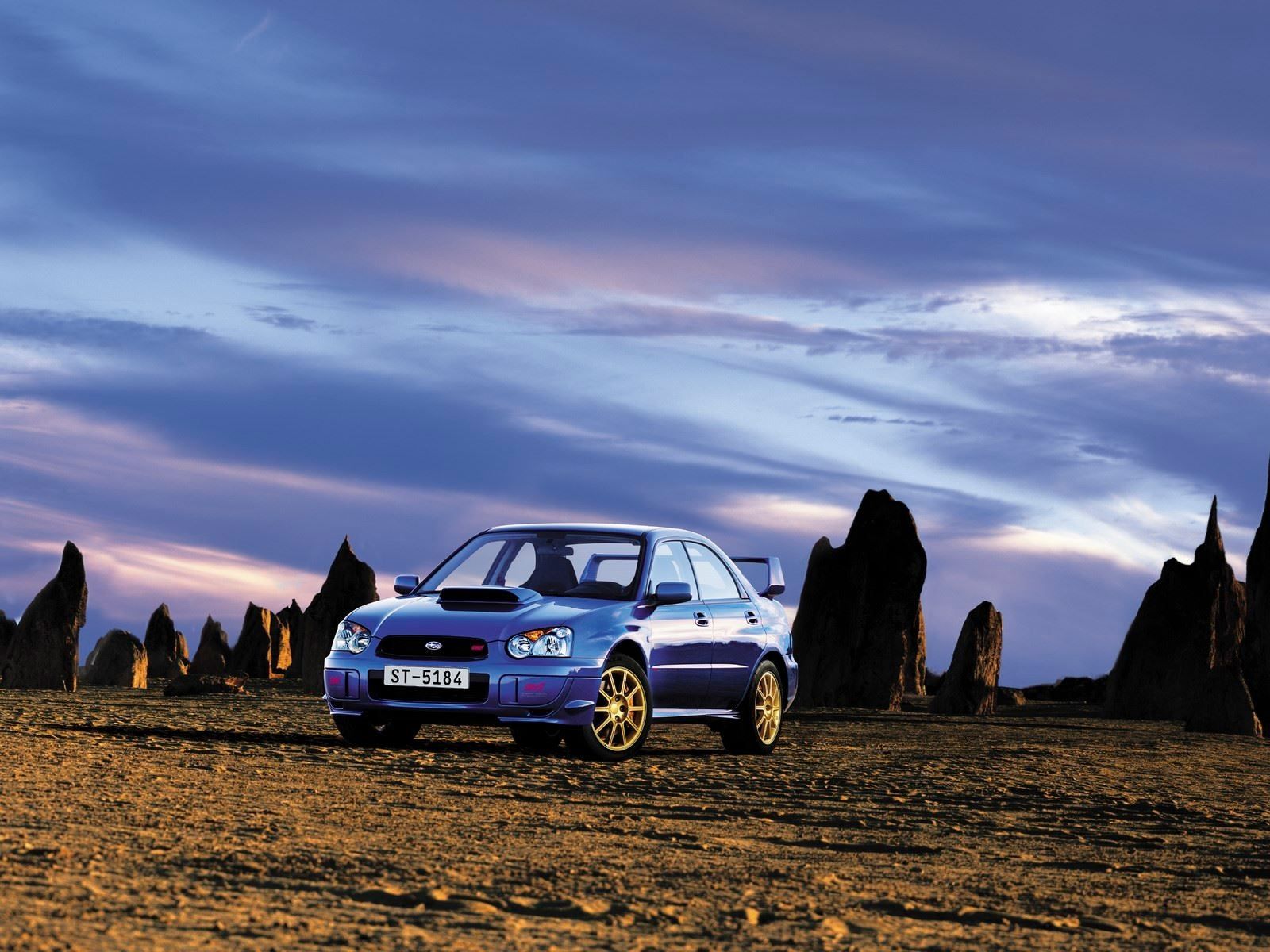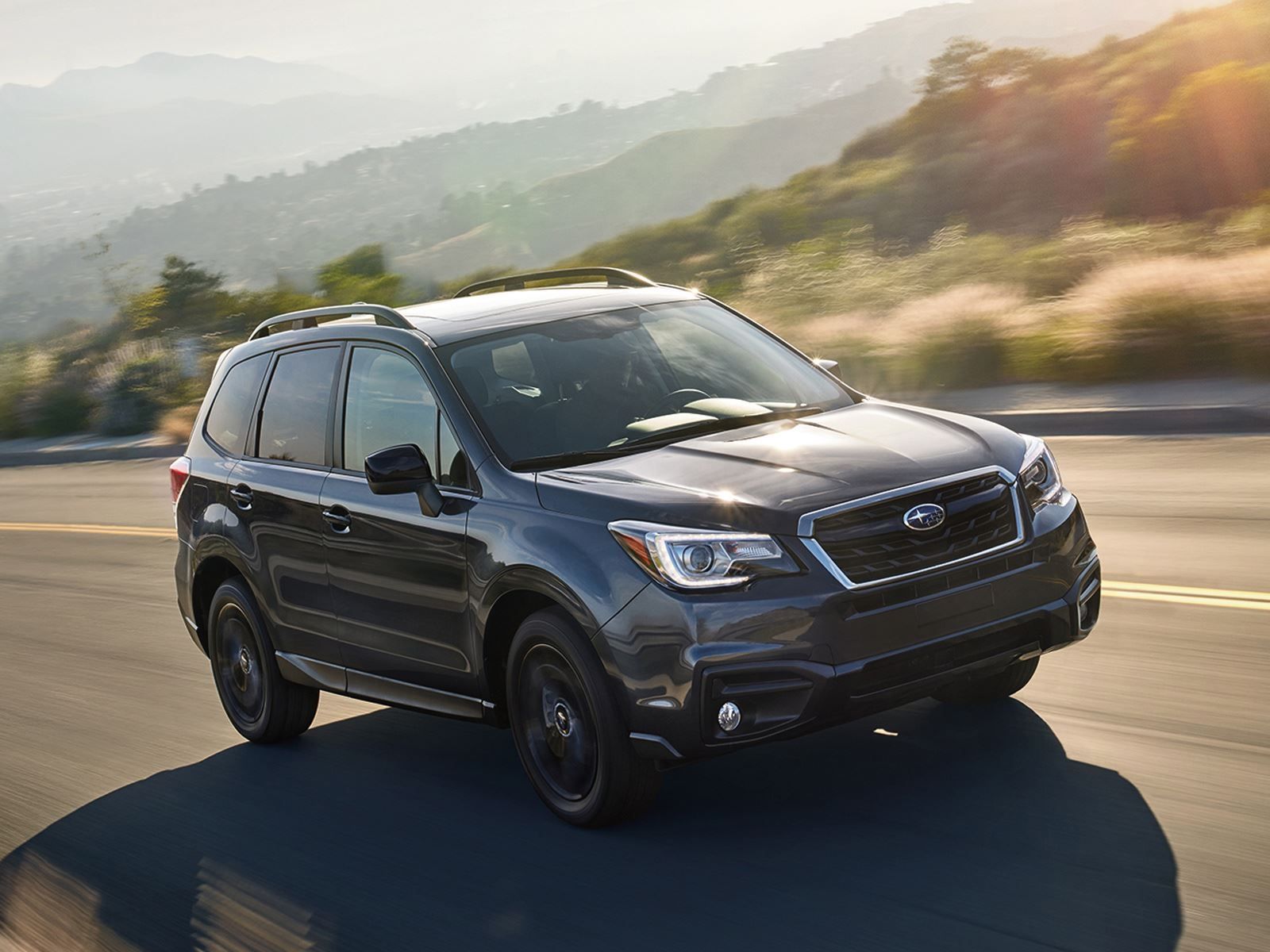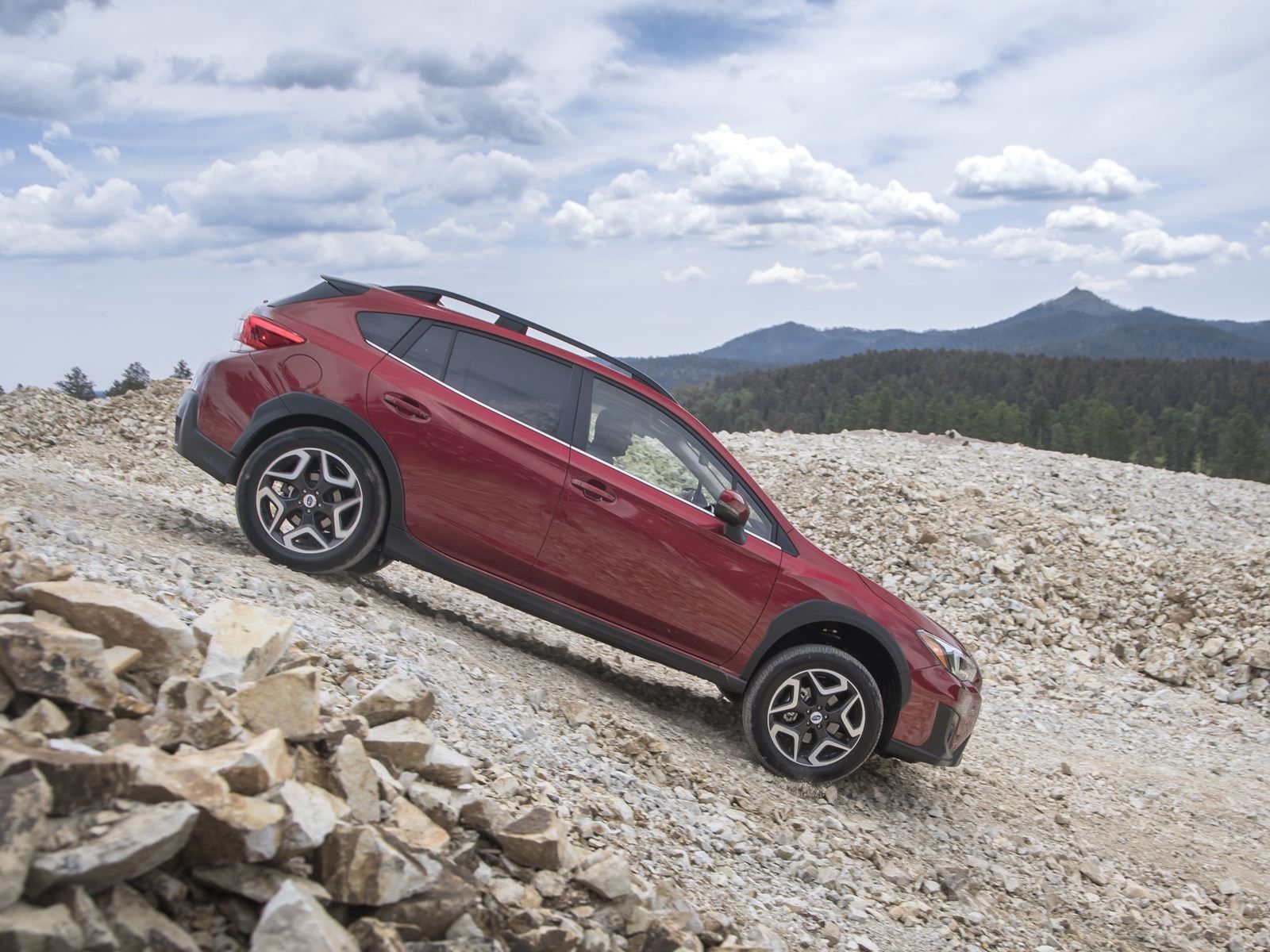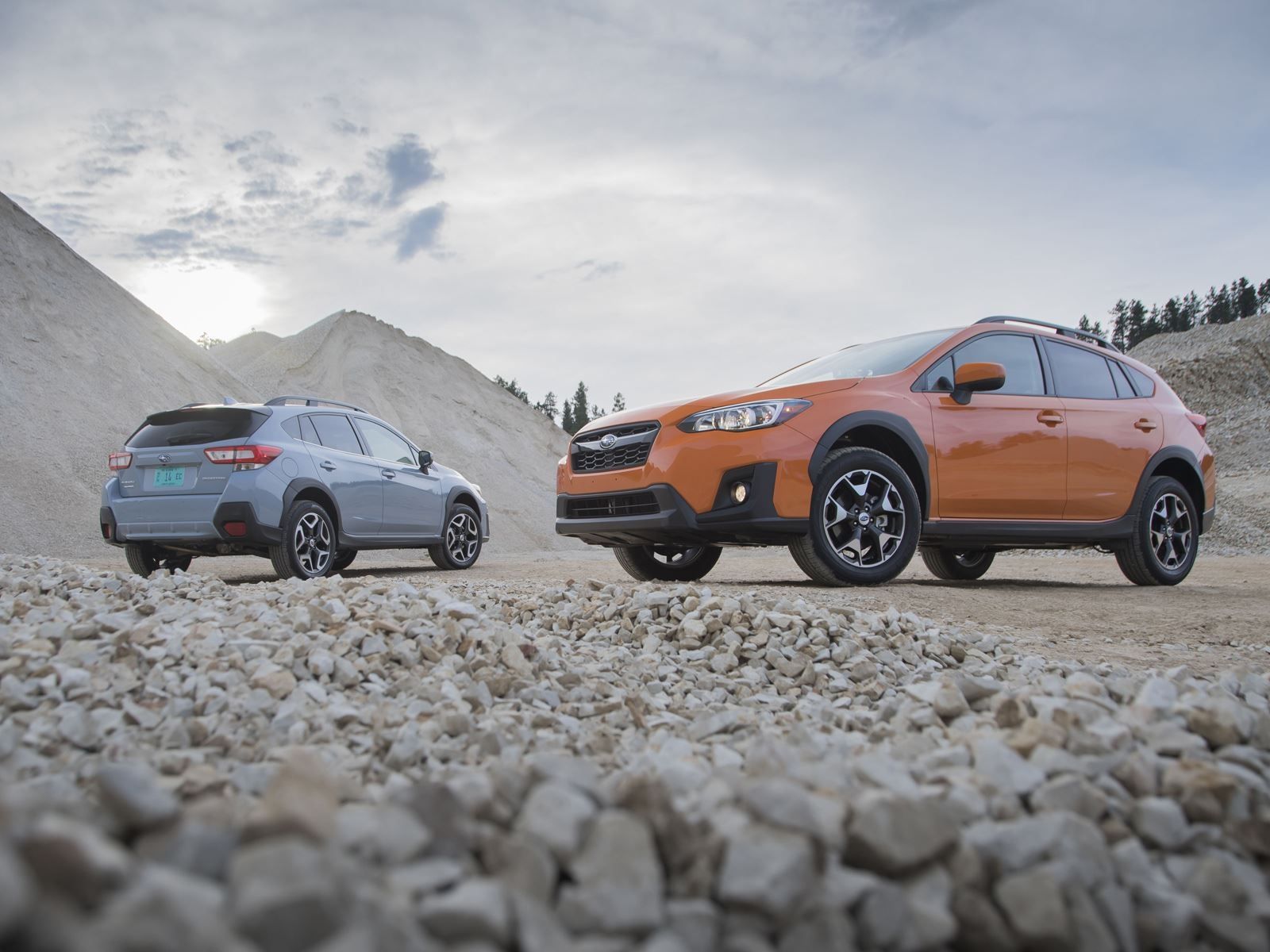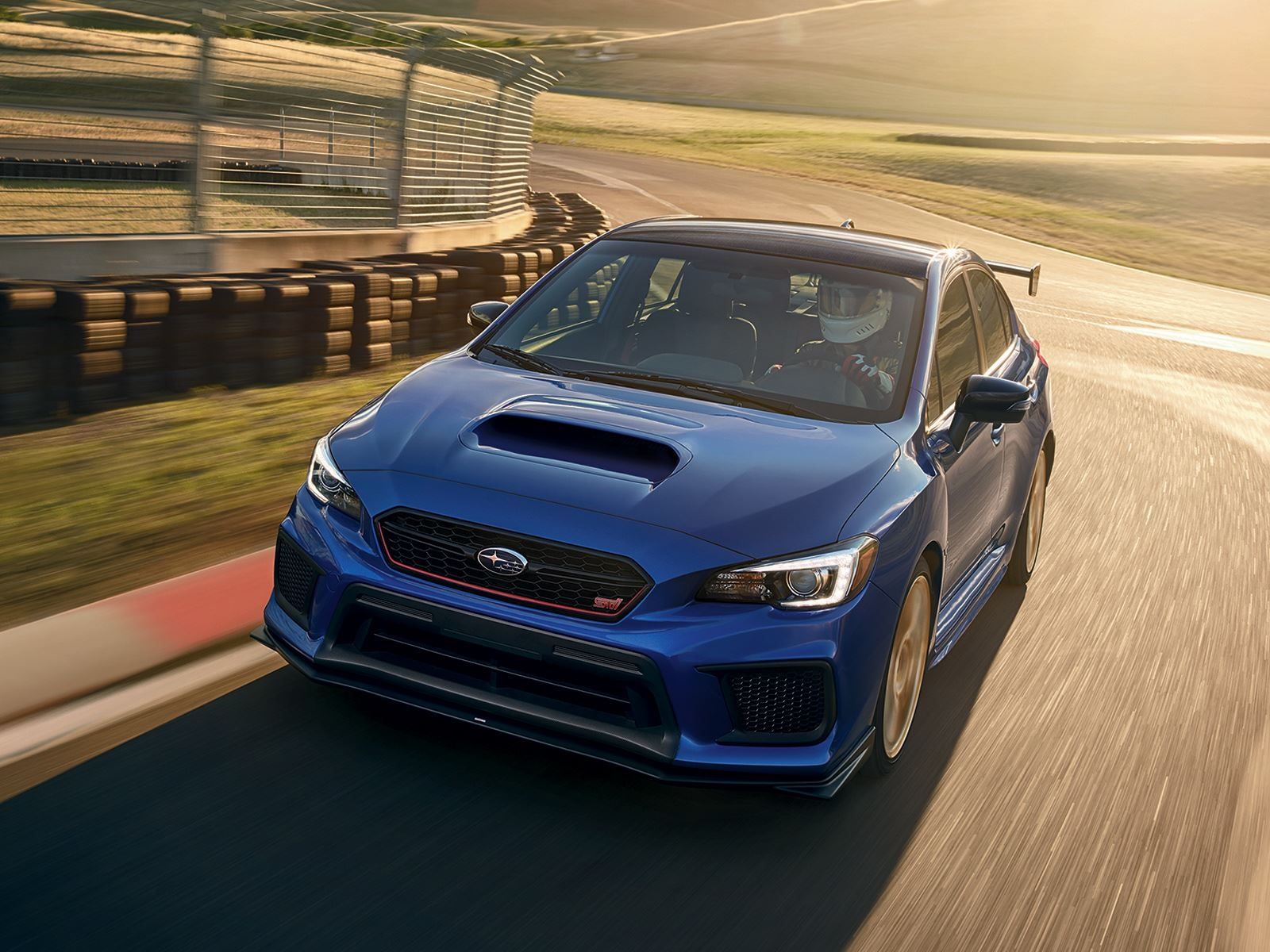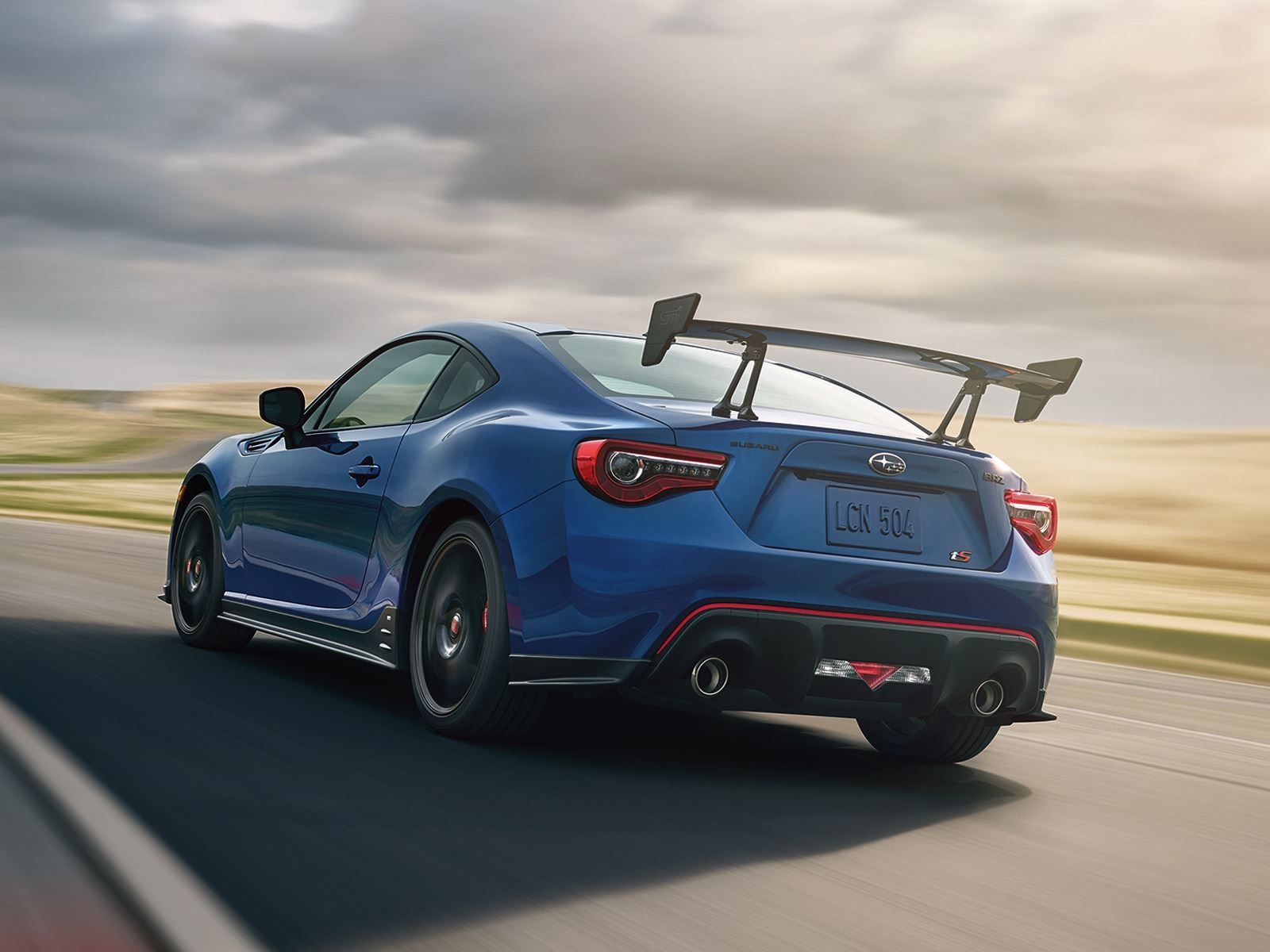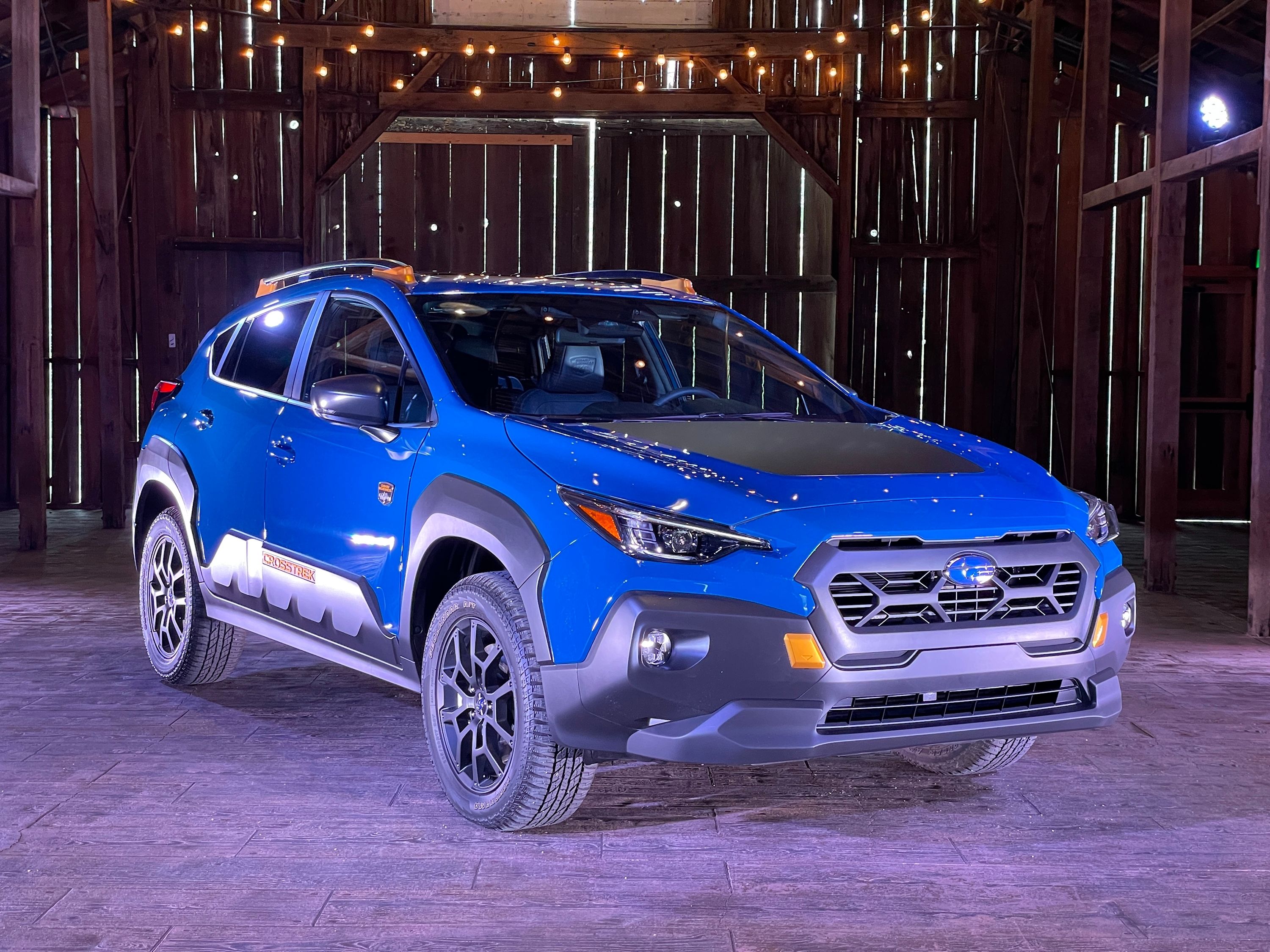
Once the kings of rally, Subaru has always relied on staple sales courtesy of rather humdrum models. Yet it remains a brand that seems to do adventure better than anyone else. Even Jeep. Jeep might strike you immediately as adventure focused – as it comes across as rugged and outdoorsy. But in reality it's only really the Wrangler that's a true adventure vehicle. For the most part, its vehicles are city-slicking crossovers and semi-luxury SUVs that, while 'trail rated' are best kept on the pavement.
Subaru: The Playground Brat
Every model Subaru releases now, with the exception of two strictly commuter editions, signifies adventure in some way, shape, or form. It hasn't always been so. The brand that started in Japan in the mid-50s started with the release of Kei cars – the Japanese equivalent of micro cars – and compact commuters.But that all changed in 1972 with the release of the Subaru BRAT. The name stood for Bi-drive Recreational All-terrain Transporter, and the model itself was built specifically for the United States to compete with small trucks from mainstream brands like Toyota, Nissan, and Mazda.
Unlike those, the BRAT was four-wheel drive – something that would shape the future of Subaru forever. The BRAT also showed off Subaru's innovative thinking – coming in cheaper than rivals through a sneaky way of avoiding the 25% chicken tax that affected light trucks. Those of you old enough to remember pre-1985 BRATs will remember the two rear-facing 'jump seats' bolted to the back of the cabin – placed inside the load bin. These plastic seats in the load bin enabled Subaru to classify the BRAT as a passenger car, meaning the import tariff it was subject to was just 2.5%. The BRAT enjoyed a long period of success, selling for 9 years in the US, and a further 7 years elsewhere in the world.
Subaru’s Long-Lasting Legacy
It would globally overlap the introduction of what is currently the oldest Subaru nameplate still in production: the Legacy. The Legacy was a completely new avenue for Subaru – it moved the brand from compact vehicles with interesting quirks to the realm of luxury, and it also introduced a new series of Boxer 4-cylinder engines called the EJ-series. Available all-wheel drive, 4-channel ABS brakes, and air suspension with height control meant the Legacy was a hugely innovative product for Subaru.
The air suspension also enabled the Legacy to drop in height at speeds above 50 mph, while also being able to lift at low speeds, and at the driver's request to enable it to manage mild off-road situations. The Legacy boasted turbocharged engines in unique USA-only models dubbed the Legacy Sport Sedan and Legacy Touring Wagon that gave Americans their first look at performance Subarus. These models features different pistons, oil coolers, and other enhancements, but their performance adventures were the last turbocharged Subarus the US would see until the WRX arrived in 2002.
However, the Legacy's adventure-orientation would arrive in a lifted crossover version called the Outback in 1994 – equipped with chunky body cladding and raised suspension. It was the brand's first crossover type model, and introduced buyers to a world of go-almost-anywhere adventure that would become synonymous with the brand.
The Golden Era Of Subaru Adventure
It wasn't until the turn of the millennium though that Subaru fully emerged as the adventure brand - in all facets, both on-road and off. The 2000s were the years in which we would see the off-road success of models such as the Forester and the Baja, and the on-road success of the Impreza WRX and WRX STi. From 2002, the US was introduced to the Impreza WRX - supposedly standing for "World Rally Experimental" - which was a warmed over version of a fairly humdrum commuter sedan with all-wheel drive, stiffened suspension, and turbocharged engines.
STI editions followed with more power, more aggressive suspension, and famously, big, big wings attached to the back of sedan variants. Whereas most performance cars were engineered for on-road prowess, the WRX and WRX STI were built as rally machines, and were as capable - if not more so - off road than they were on it. If you wanted rev-blooded adventure, the WRX and WRX STi were the perfect vehicles in which to get your kicks. Off-road, the Baja and Forester were proper utility vehicles. The Baja was in theory a successor to the BRAT, but largely based on the Outback.
It possessed some practicality with the small load bin out back, but the rally-truck styling and turbocharged engines gave the Baja impressive performance and an 'uncategorizable' nature. For those that wanted something that could fit into predefined boxes of classification, the Forester provided competent off-road ability with space for a full family, along with whatever adventure gear they might take with them wherever they went.
Turning Boring Into Brilliant
It wasn't just the WRX and STI variants of the Impreza that would receive Subaru's magic touch of turning bland into brilliant. By the late 2000s, every model in Subaru's line-up was exclusively all-wheel drive, but most of them were fairly plain and ordinary. The Outback and Forester gave you off-road kicks when you wanted them, but Subaru applied sprinkles of performance to the Forester to give it a little more spice - and it played into Subaru fanatics' fantasies perfectly. Though never the most mainstream vehicles, these performance derivatives were raved about by those involved in the Scooby branch of society.
The ability to turn boring into brilliant wasn't limited to just performance models. In much the same way as the Legacy evolved into the Outback, the Impreza would evolve too - spawning the Subaru Crosstrek. Despite humble origins, the Crosstrek has proven itself to be immensely capable off-road and exceptional to drive on-road. It's become a staple theme to modern Subarus - vehicles that are both capable and brilliant on all surfaces - and it's this ethos that has established Subaru as not just one of, but as the adventure brand.
A simple look through their portfolio displays this. Out of 8 available model lines on sale, only two of these are 'commuter cars' in the traditional sense - the Impreza and the Legacy. The remaining 6 are all models that offer excitement and adventure in some way, shape, or form. From the traditional off-road experience in the likes of the go-anywhere Outback to the hikers' and mountain bikers' favorite, the Forester, with the Crosstrek slotting in neatly as an entry-level adventurer, off-road excursions for the whole family are taken care of, whilst the BRZ, WRX, and WRX STi inject pure adrenaline into the hearts of sports car enthusiasts and track day aficionados.
Subaru has placed immense effort into producing safe cars – with a range of forward thinking safety features and crumple zones to pass crash tests with flying colors, and yet it's the spirit of the adventurer in every single one of them that gives them their essence. Whether intentionally or inadvertently, Subaru has become the brand synonymous with adventure – and adventurers, those with an outdoor spirit of any sort, are inexplicably attracted to Subaru by some gravitational pull. When it comes to buying an adventure car – one with which you can enjoy quality time with the whole family, and yet spend every weekend exploring the great outdoors, or the nearest raceway – there's only one brand that really caters to all your needs.

